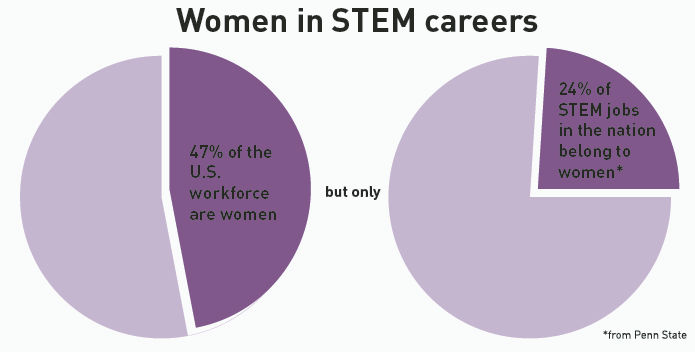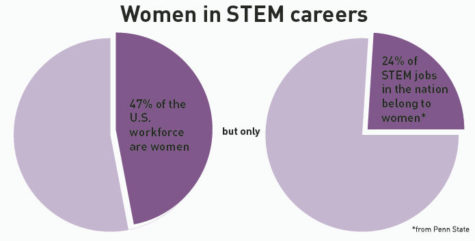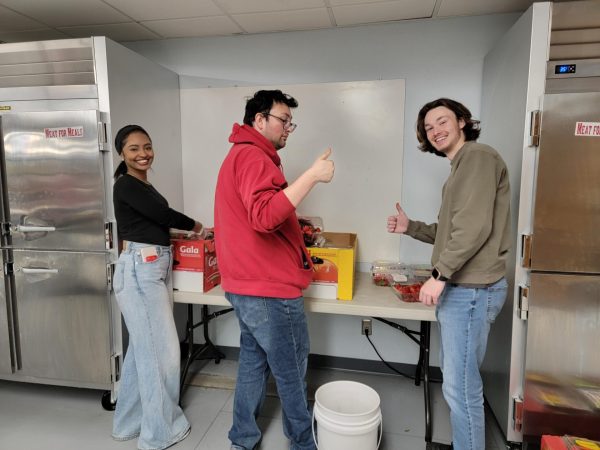Researchers work towards creation of nanovaccine development center
December 9, 2013
Researchers at Iowa State University are working towards creating a nationally recognized center for developing nanovaccines.
Balaji Narasimhan, professor of chemical and biological engineering and the leader of the project, said that nanovaccines have enormous potential as a tool to prevent and treat many different types of illness.
Most vaccines today are liquid solutions containing either whole viruses that have been killed or just the parts that the immune system recognizes. They can be injected into the body or inhaled through a mist.
A person’s body responds to the pathogen in the vaccine and develops antibodies against it. The next time you are exposed to that particular pathogen, your immune system recognizes it immediately and destroys it before it can do serious damage.
Nanovaccines are similar to regular vaccines, but they are more advanced. They consist of the same inactivated pathogen, but instead of being suspended in liquid it is contained in a synthetic particle a few hundred nanometers in diameter.
This means researchers can design nanovaccines that are much easier to transport and store than traditional vaccines.
“The World Health Organization has estimated that about half the cost of the vaccine goes into making it cold,” Narasimhan said. “So the particles are designed to have thermal stability. You don’t need to refrigerate them before use.”
He also explained that nanovaccines are much easier to administer.
“Using needles means the possibility of infection, adds to the cost and you need a professional to administer it. If you can self-administer with needle-free technology, such as patches or inhalers, then there is the ability to improve patient compliance and reduce the drop out of patients from mass immunization programs,” Narasimhan said.
The technology isn’t just limited to vaccinations. Implications range from reducing infant mortality in the developing world to reducing the side effects of traditional medicine.
One example of a medicine that could be improved by nanotechnology is what is used to prevent malaria.
Michael Wannemuehler, professor and chair of veterinary microbiology and preventative medicine at Iowa State’s College of Veterinary Medicine, described how soldiers are affected when they travel to regions of the world with malaria.
“These guys either have to take a 21-day regimen of Doxycyline, or they have to take enough doses to get two to four milligrams in total of the drug. But it makes them sick. They get nauseous. If we could put it in a particle to slowly release over time, they would only need to take it once,” Wannemuehler said. “These kids don’t want to take it everyday. They say, ‘I feel fine,’ and two months later they break out with malaria.”
The team is using a “systems” approach to design nanovaccines. While they develop a vaccine or medicine, they examine where and how it will be used. They incorporate this knowledge into the design of the vaccine, making it more effective. This is much faster than the traditional method of developing medicines, which is very linear.
Due to this systems approach, a wide range of people are involved in the project. They are from 13 different departments and five different colleges across campus. Also, many people are involved outside of Iowa State, including industry researchers.
This is all possible due to Iowa State’s Presidential Initiative for Interdisciplinary Research, which was established by Iowa State President Steven Leath.
The nanovaccine team is one of four teams that won an award which gives them a three-year, $4.5 million grant.
“Our goal is to create a center which will have a national presence, and that will enable us to work with the companies, regulatory agencies, national labs, funding agencies, to really carry out what we call in our field translational research. We don’t want our research to just sit in a journal paper or on a website. We want it to go to the people,” Narasimhan said.
















